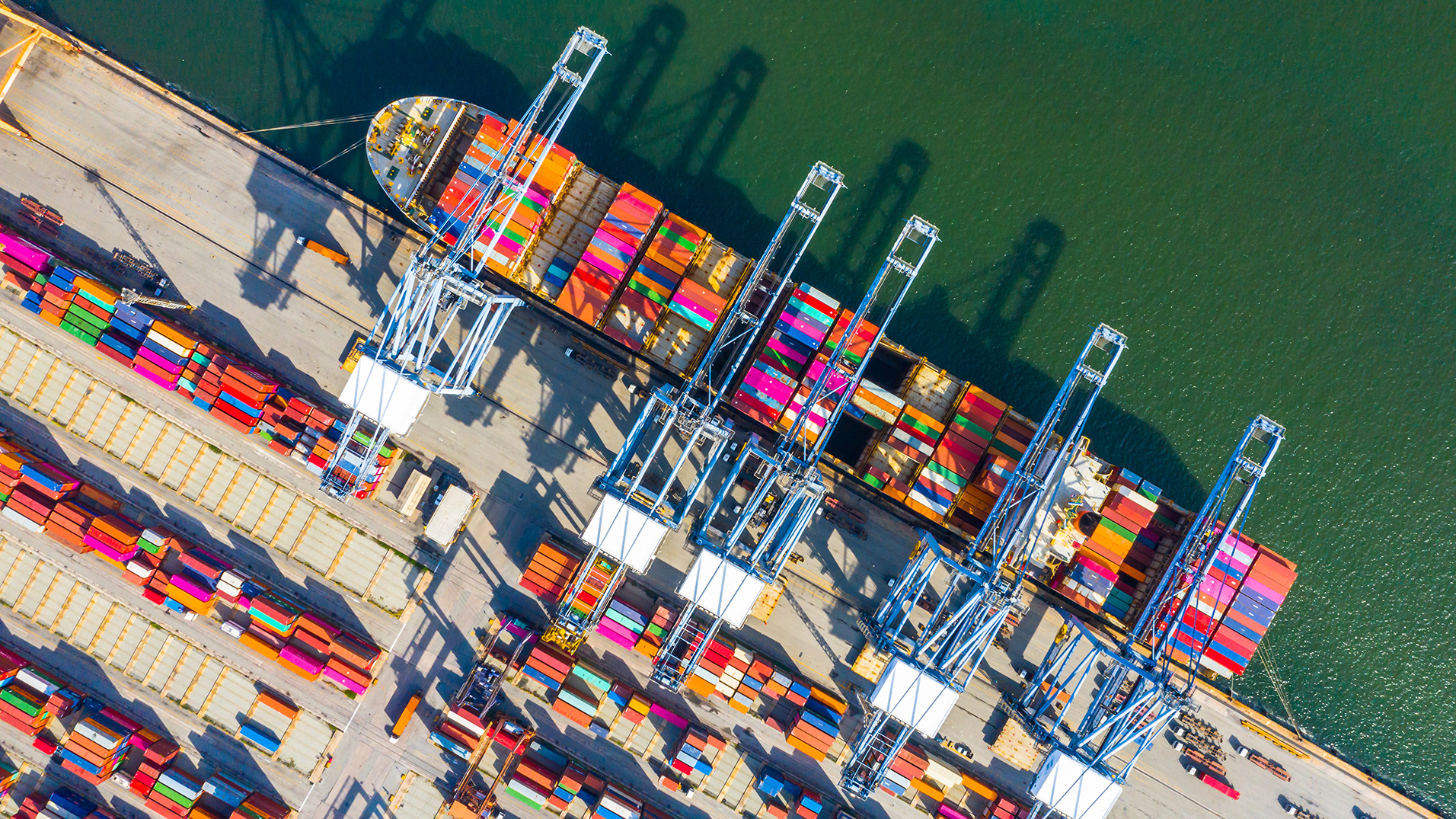China’s carbon emissions have dropped for the first time.
The country’s CO2 emissions fell 1.6% in the first quarter of 2025 compared to the previous year, according to Carbon Brief.
While that’s only a small dip, it’s a historic moment for the world’s largest polluter — especially because the peak came five years ahead of schedule. And it’s great news for companies looking for greener supply chains.
The timing also came as the latest trouble in the Middle East has had many companies anxious about how much their Chinese suppliers still rely on imported fossil fuels from the region. It’s no wonder, then, that there is reported interest in reviving a pipeline that would bring Russian natural gas to China.
So, is China’s growing use of clean energy really making supply chains greener and less vulnerable to external energy shocks?
The truth is: it depends on location.
Clean Energy Growth
The main reason for China’s emissions drop is a surge in clean energy. China’s national average clean power share (the proportion of electricity generated from low-carbon sources such as hydro, wind, solar, nuclear and bioenergy) reached 38% in 2024.
Where China Got Its Energy in 2024
Source: Ember
It’s tough to capture just how massive China’s clean energy push has become. The country invested $940 billion in clean energy last year (about the size of Saudi Arabia’s entire economy). As a result, China installed more wind turbines and solar panels last year than in the rest of the world combined, according to the New York Times.
China is currently installing about 100 solar panels every second, leading to a 60% surge in solar power generation capacity this year. Wind power generation capacity, meanwhile, is up 23% percent year on year, according to the latest National Energy Administration figures.
With more than 500 gigawatts of new wind and solar projects expected to start running this year, the share of clean energy is set to grow.
Regional Disparities
Yet, progress isn’t the same everywhere.
Zoom in and you’ll see that most of China’s big clean energy gains are happening up north, according to Dialogue Earth.
From 2020 to 2024, northern provinces like Liaoning, Heilongjiang and Jilin boosted their clean power share from 20% to 31%, thanks to a surge in wind, solar and nuclear projects.
In the south, things look different. The clean energy share there only edged up from 43% to 45%. Guangdong (China’s top manufacturing powerhouse and Kinyu’s home) even saw its clean energy mix drop by 2.1 percentage points. So, while some regions are racing ahead, others are barely moving.
These regional differences also help explain some of the apparent contradictions in China’s energy transition. For example, China’s construction of new coal-power plants “reached a 10-year high” in 2024.
Meanwhile, only three northeastern provinces saw fossil fuel use decline. Elsewhere, it increased. The south’s fossil fuel generation grew 28% compared with 12% in the north.
So, what’s behind the difference? Lauri Myllyvirta at Dialogue Earth points to market incentives for flexible coal plant operation and improved regional grid cooperation up north, making it easier to add renewables.
Southern China, meanwhile, has also long had a higher share of clean energy because of major hydropower resources, potentially making it less proactive.
Imports
A similar pattern plays out with energy imports. Western and northern provinces like Shanxi, Inner Mongolia and Xinjiang rely on abundant local coal and energy resources, while eastern and southern coastal regions such as Guangdong, Jiangsu and Zhejiang depend more on energy imports to meet their high consumption.
So while imported oil accounts for about 19% of China’s overall energy use (and China remains the world’s largest oil importer), this reliance is not the same everywhere. In fact, China’s western and northern regions are largely self-sufficient.
Will the Gap Close?
Having said all this, regional disparities are likely to shrink over the next few years as new clean energy projects come online and interprovincial power networks expand. Guangdong (the worst-performing province in terms of clean energy growth) is now leading the country in solar panel installations.
China will also double its nuclear power capacity by 2040, making it by far the world’s largest nuclear power generator, according to the South China Morning Post.
China’s clean energy industries, for their part, will likely double in value by 2035, adding 15 trillion yuan ($2.1 trillion) to the economy, according to the Centre for Research on Energy and Clean Air.
For now, if you are concerned about the clean energy mix in your China supply chain, the key question is: Where are your suppliers located? The answer could make all the difference.




![Business leaders and government officials from the U.K. and China gather at Shenzhen’s Yantian Port for a British Chamber of Commerce South China roundtable, April 11, 2025. [Photo/BritCham South China]](https://www.kinyu.co.uk/wp-content/uploads/2025/04/Kinyu-Shenzhen-Port.webp)